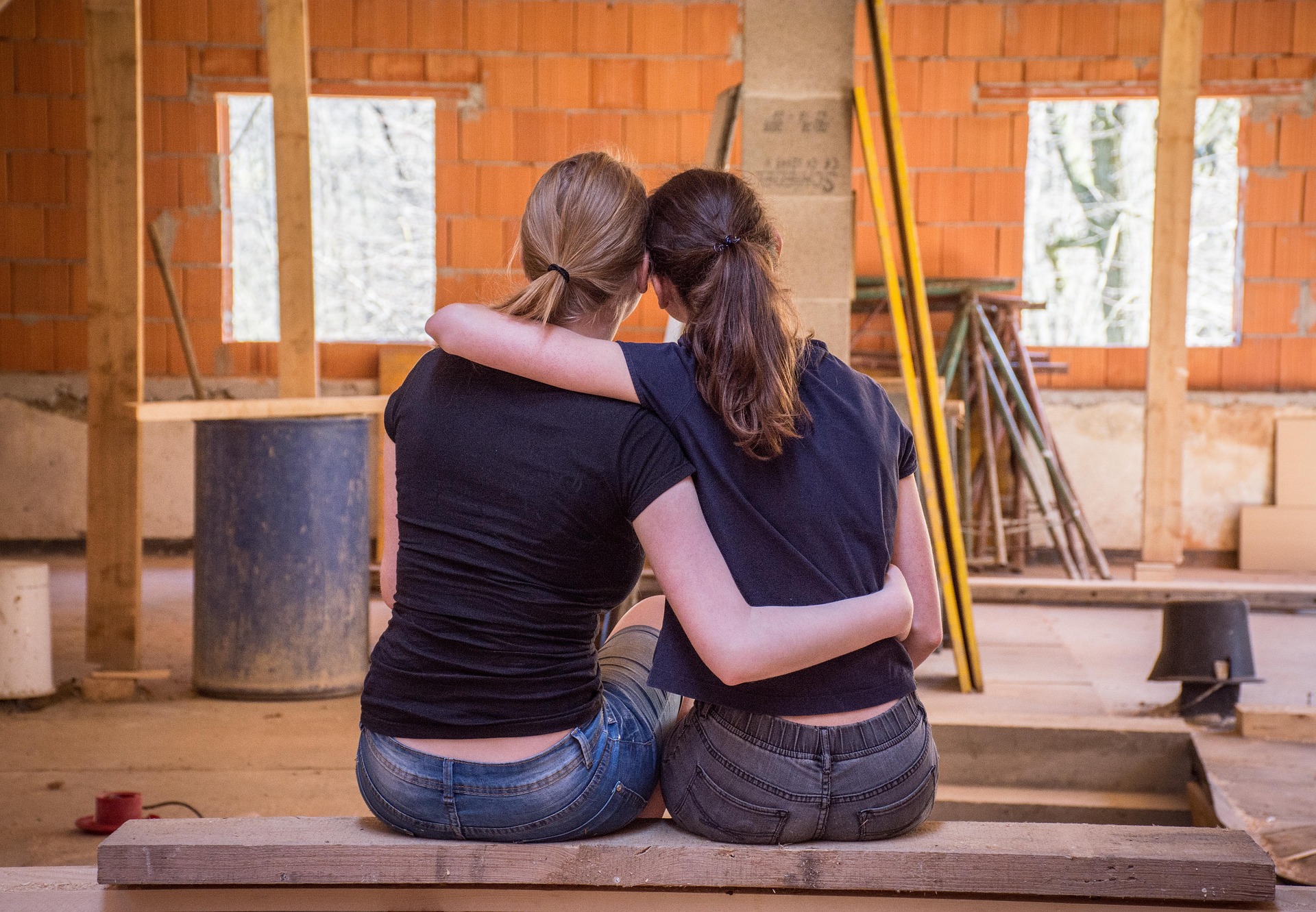Solastalgia: The Emotional Impact of Environmental Change
In a world grappling with rapid environmental shifts, a new psychological phenomenon is emerging. Solastalgia, the distress caused by environmental change, is reshaping our emotional landscape. As climate change accelerates and ecosystems transform, individuals worldwide are experiencing a profound sense of loss and disconnection from their surroundings. Read below to explore this growing emotional response and its implications for mental health, community resilience, and environmental action.

The concept quickly resonated with researchers and communities worldwide. From coastal towns facing rising sea levels to urban dwellers witnessing rapid gentrification, solastalgia captures a universal experience of loss and disorientation. It bridges the gap between environmental degradation and mental health, highlighting the profound psychological impact of our changing world.
Manifestations in Modern Society
Solastalgia manifests in various ways across different communities. In regions prone to natural disasters, recurring events like wildfires or floods can lead to chronic stress and anxiety. Residents may feel a constant sense of unease, even during periods of calm, as they anticipate future catastrophes. This persistent state of alertness can have long-term effects on mental health and well-being.
In urban areas, rapid development and gentrification can trigger solastalgia among long-time residents. As familiar neighborhoods transform, individuals may experience a loss of community identity and social connections. This sense of displacement can occur even without physical relocation, challenging our understanding of home and belonging.
Rural communities face their own form of solastalgia as traditional livelihoods become unsustainable due to changing climate patterns. Farmers, in particular, may struggle with a loss of identity and purpose as generational practices become obsolete. This shift not only affects individual well-being but also threatens the cultural fabric of entire regions.
Psychological and Social Implications
The psychological impact of solastalgia extends beyond individual experiences, affecting community dynamics and social structures. Research has shown that areas experiencing rapid environmental change often see increases in substance abuse, domestic violence, and mental health disorders. These issues can strain local resources and further fragment communities already under stress.
Moreover, solastalgia can lead to a sense of powerlessness and resignation, potentially hindering climate action and adaptation efforts. When individuals feel overwhelmed by the scale of environmental change, they may withdraw from civic engagement or resist necessary adaptations. This emotional paralysis poses a significant challenge to building resilient communities in the face of climate change.
However, recognition of solastalgia also presents opportunities for collective healing and action. By acknowledging shared experiences of loss, communities can foster empathy and solidarity. This shared understanding can serve as a foundation for grassroots environmental initiatives and community-led adaptation strategies.
Coping Strategies and Resilience Building
As awareness of solastalgia grows, mental health professionals and environmental psychologists are developing strategies to address this emerging concern. Eco-therapy, which involves reconnecting with nature through guided activities, has shown promise in alleviating symptoms of solastalgia. By fostering a sense of agency and connection to the environment, these approaches can help individuals process their grief and anxiety constructively.
Community-based initiatives also play a crucial role in building resilience against solastalgia. Projects that involve residents in local conservation efforts or sustainable urban planning can restore a sense of control and belonging. These participatory approaches not only address environmental challenges but also strengthen social bonds and collective efficacy.
Education and awareness campaigns are essential in normalizing discussions around solastalgia. By providing a framework to understand and articulate these complex emotions, individuals can better cope with their experiences and seek support when needed. Schools, community centers, and healthcare providers have an important role in integrating solastalgia awareness into their programs and services.
Future Directions and Global Implications
As climate change accelerates, solastalgia is likely to become an increasingly prevalent issue worldwide. This presents both challenges and opportunities for policymakers, mental health professionals, and environmental advocates. Integrating psychological well-being into climate adaptation strategies will be crucial for building truly resilient communities.
Research into solastalgia also opens new avenues for understanding human-environment relationships. By examining how environmental changes affect our sense of place and identity, we can develop more holistic approaches to conservation and urban planning. This perspective encourages a shift from purely technical solutions to those that consider the emotional and cultural dimensions of our environments.
The concept of solastalgia also has implications for global climate negotiations and environmental policy. Recognizing the psychological toll of environmental degradation adds urgency to calls for decisive action. It highlights the human cost of inaction, beyond economic and ecological impacts, potentially motivating more ambitious climate goals and conservation efforts.
As we navigate an era of unprecedented environmental change, understanding and addressing solastalgia will be crucial for maintaining individual and collective well-being. By acknowledging this emotional dimension of climate change, we can foster more compassionate, resilient, and engaged communities capable of facing the challenges ahead.






